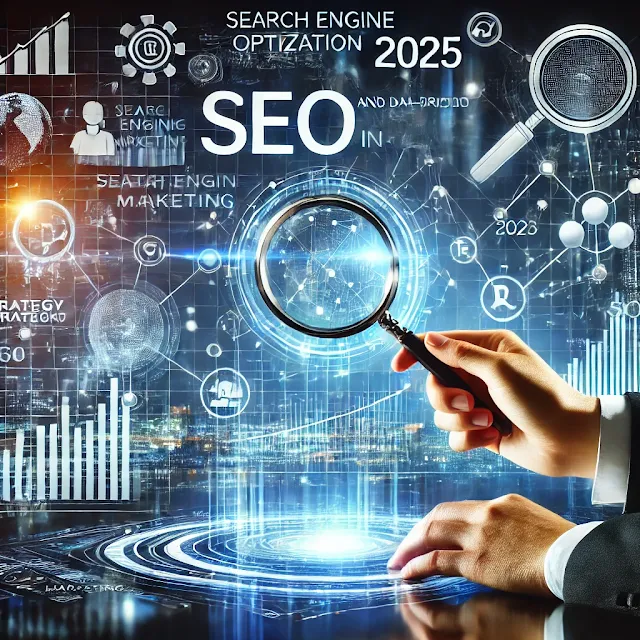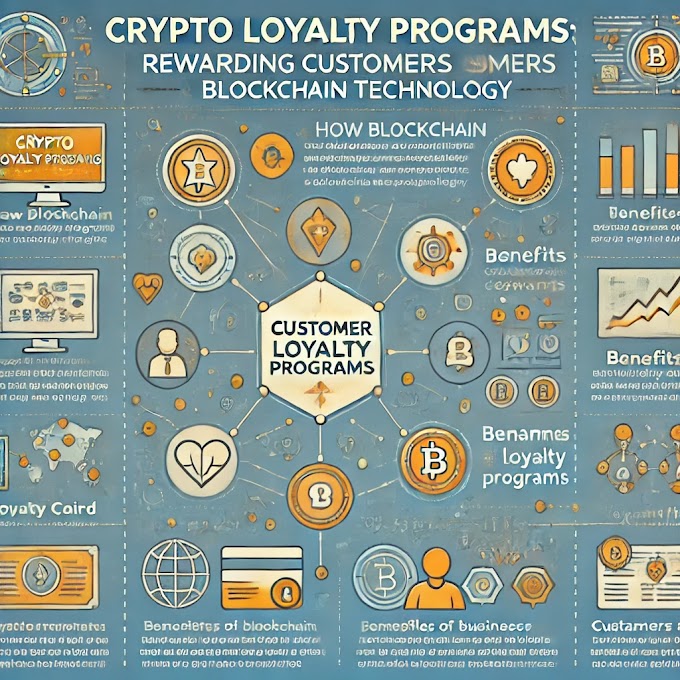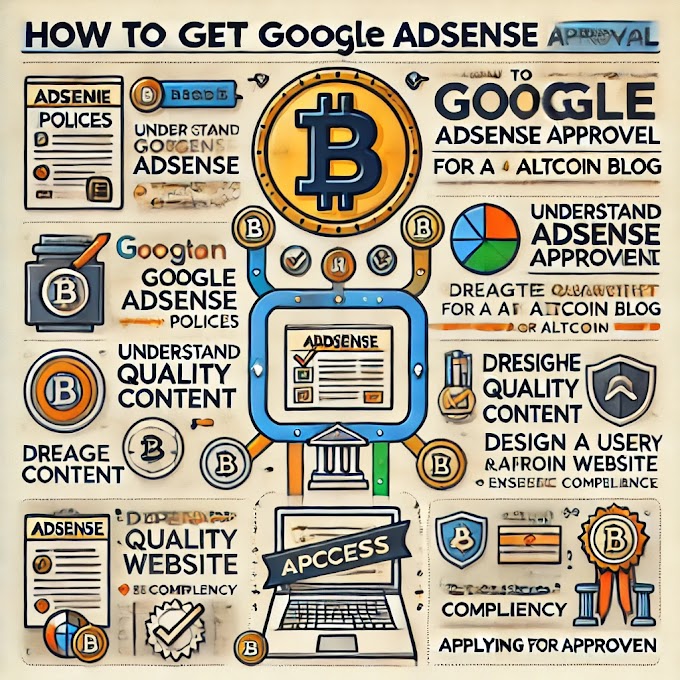How SEO and Data-Driven Marketing Shape Modern Campaigns: Insights for 2025
In the ever-evolving digital landscape, Search
Engine Optimization (SEO) and data-driven marketing have emerged as
indispensable tools for building successful campaigns. These disciplines, when
integrated effectively, enable businesses to reach their target audience,
enhance customer experience, and maximize ROI. In this deep dive, we’ll explore
how combining SEO techniques with analytics-based insights can elevate your
marketing strategies for 2024.
1. The Critical Role of SEO in Digital
Campaigns
SEO ensures that your content reaches the
right audience by aligning with search engine algorithms and user intent. Let’s
break it down:
1.1 Keyword Research and Intent
Analysis
Keyword research is the cornerstone of
effective SEO. Modern tools provide insight into user intent, search trends,
and competitive analysis.
- Use
Google Keyword Planner to identify high-traffic, low-competition keywords.
- Tools
like SEMrush and Ahrefs help uncover
long-tail keywords and competitor strategies.
- Focus
on user intent—informational, navigational, or transactional—to
align content with audience needs.
1.2 On-Page and Technical SEO
Key elements of SEO success include optimizing
website content and ensuring technical stability:
- On-Page
SEO: Optimize title tags, meta descriptions,
and headers to include target keywords. Enhance readability using tools
like Grammarly.
- Technical
SEO: Use Google PageSpeed Insights to
improve loading times and Screaming Frog for
identifying crawl issues.
1.3 Mobile and Voice Search
Optimization
The rise of mobile-first indexing and voice
assistants has shifted SEO priorities:
- Adopt
responsive design to improve user experience on all devices.
- Optimize
for voice queries using conversational keywords. For example, instead of
"best laptops," target "what’s the best laptop for students
in 2024?"
1.4 Local SEO and SERP Features
For businesses targeting local audiences:
- Claim
your business listing on Google My Business.
- Focus
on featured snippets, local packs, and FAQs to capture more SERP real
estate.
2. The Evolution of Data-Driven
Marketing
Data-driven marketing empowers businesses to
make informed decisions by analyzing real-time data about customer behavior and
campaign performance. Here's how it works:
2.1 Understanding Audience Behavior
By leveraging tools like Google
Analytics, businesses can gain insights into:
- Traffic
sources: Identify where your audience is coming from (organic search, paid
ads, social media).
- Engagement
metrics: Track bounce rates, session duration, and pages per session.
- User
demographics: Understand your audience’s age, location, and interests.
2.2 Predictive Analytics for Future
Campaigns
Predictive analytics uses historical data to
forecast trends and customer behavior:
- Platforms
like Power BI and Tableau
help visualize data patterns.
- E-commerce
businesses can predict seasonal demand and stock up on popular items.
2.3 Campaign Optimization through
Real-Time Data
Real-time data ensures campaigns stay
relevant:
- Use
Adobe Analytics to track
KPIs like conversion rates and cost per acquisition (CPA).
- Employ
heatmap tools like Hotjar to identify areas of interest on your
website.
2.4 Attribution Modeling
Understanding how different channels
contribute to conversions is vital. Use tools like:
- Kissmetrics
to attribute sales to the right channels.
- First-click,
last-click, or multi-touch attribution models to analyze the customer
journey.
3. The Power of Integration: SEO Meets
Data-Driven Marketing
When combined, SEO and data-driven marketing
amplify campaign effectiveness by offering actionable insights and improving
targeting precision.
3.1 Personalized Content Creation
- Use
SEO data to identify trending topics and create tailored content.
- Example:
A fitness brand could target keywords like "best home workouts"
and pair it with customer data to offer workout plans for specific
demographics.
3.2 Dynamic Keyword Optimization
Analytics tools provide real-time feedback on
keyword performance, allowing marketers to adjust their strategies dynamically.
For example:
- Use
SEMrush’s Position Tracking to monitor keyword rankings and refine content
accordingly.
3.3 A/B Testing and Continuous
Improvement
Run experiments to determine the most
effective elements of your campaigns:
- Test
different meta titles, headers, or CTAs to find the highest-performing
options.
- Track
results with tools like Optimizely.
3.4 Local SEO Data Insights
For localized campaigns, integrate Google
Analytics with Google My Business to identify high-performing regions and
tailor content to those audiences.
4. Real-World Success Stories
Case Study: E-commerce SEO and
Analytics
A mid-sized online retailer implemented SEO
and data analytics to boost sales:
1.
Challenge: Low organic
traffic and high cart abandonment rates.
2.
Solution:
o
Optimized product pages for "sustainable
clothing brands."
o
Used analytics to identify a high bounce rate
from mobile users, leading to a mobile site revamp.
o
Personalized email campaigns based on browsing
history.
3.
Results:
o
50% increase in organic traffic.
o
30% improvement in mobile conversions.
Practical Research and Tools
- Ahrefs
Study on SERP Clickthrough Rates
- Moz’s
Analysis of SEO Trends
- Think with Google: Consumer Insights
5. FAQs: Addressing Common Queries
1.
What are the top tools for integrating SEO and
analytics?
o
Tools like SEMrush, Google Analytics, and
Tableau are excellent choices.
2.
How does data-driven marketing benefit small
businesses?
o
It helps allocate resources efficiently and
target the right audience with minimal spend.
3.
What’s the importance of voice search in 2024?
o
Voice search queries are expected to account
for over 50% of online searches.
4.
How do I track SEO performance effectively?
o
Use tools like Google Search Console to
monitor keyword rankings and technical issues.
5.
What is attribution modeling?
o
It’s the process of identifying which
marketing touchpoints drive conversions.
6.
How can predictive analytics improve campaign
outcomes?
o
By forecasting trends and customer needs, it
enables proactive adjustments.
7.
Is local SEO worth investing in?
o
Yes, especially for small and medium-sized
businesses targeting local customers.
8.
How do cultural factors impact SEO strategies
globally?
o
Local language, customs, and behaviors
significantly influence keyword selection and content style.
9.
Can I implement SEO without technical
expertise?
o
Yes, many tools like Yoast SEO for WordPress
simplify the process.
10.
What’s the future of data-driven marketing?
o
AI and machine learning will automate
processes, making personalization even more precise.
By blending the strengths of SEO with
data-driven insights, businesses can craft impactful campaigns that resonate
with their target audience and drive measurable results. For deeper research,
explore HubSpot's Guide to Analytics,
Neil Patel’s Marketing Resources, and SEMRush’s Knowledge Base.







